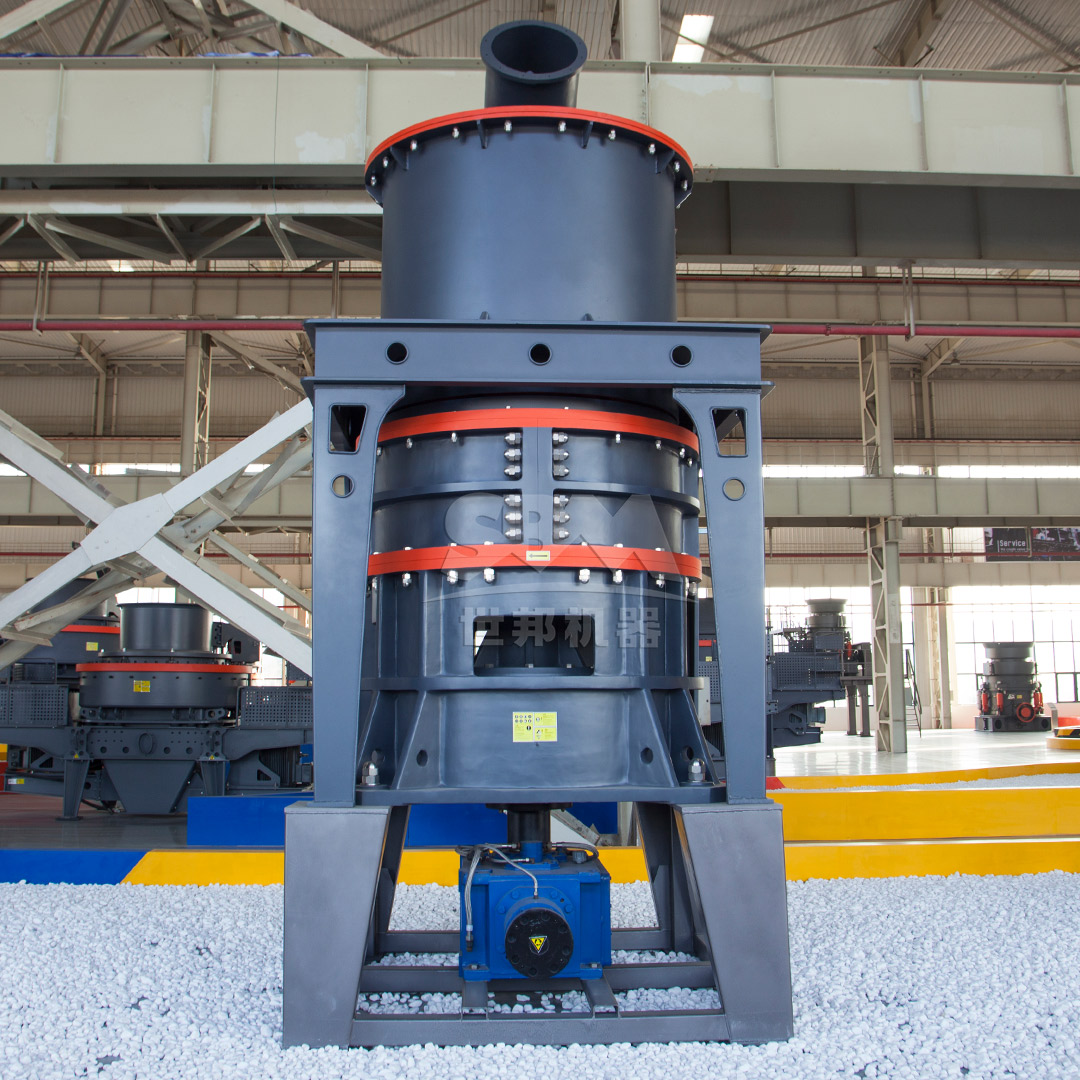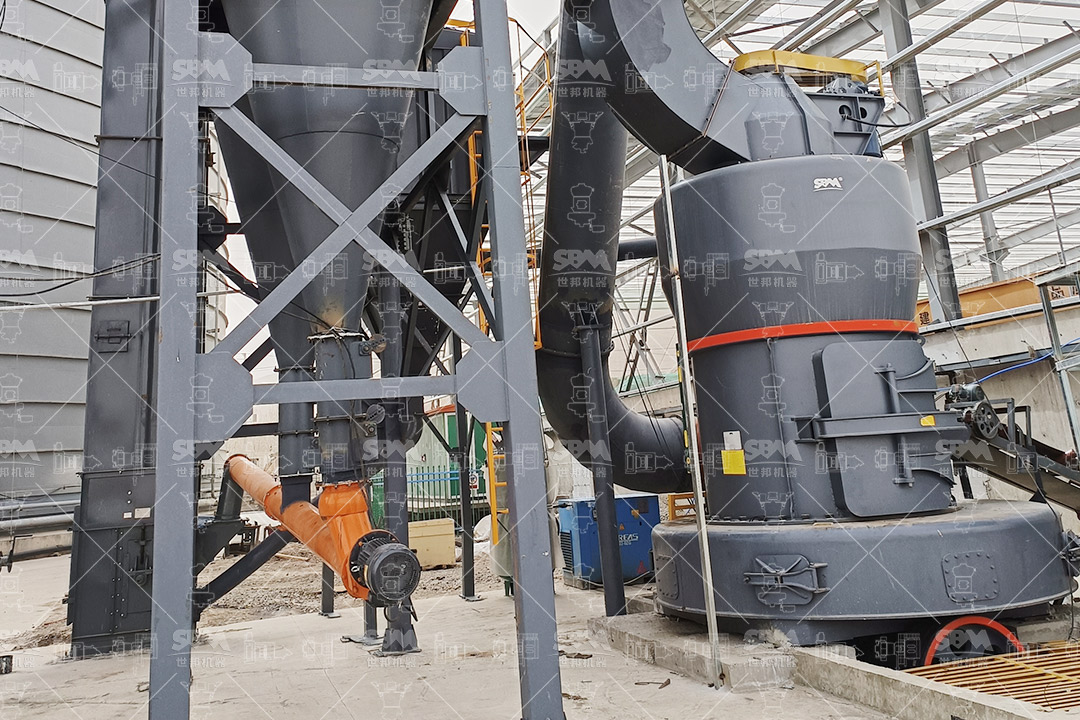The rapid expansion of the electric vehicle (EV) market and the growing demand for efficient energy storage systems have placed lithium-ion batteries (LIBs) at the forefront of modern technology. At the heart of every high-performance LIB anode lies graphite, a material prized for its excellent electrical conductivity, layered structure that facilitates lithium-ion intercalation, and overall stability. The performance, capacity, and longevity of the battery are intrinsically linked to the quality of the graphite powder used. Specifically, the particle size distribution, purity, and morphology of the graphite particles are paramount. Achieving the required specifications demands precision grinding technology capable of producing ultra-fine, highly consistent powders without introducing contaminants. This article explores the technical requirements for battery-grade graphite and introduces advanced milling solutions designed to meet these rigorous standards.

Not all graphite powder is suitable for lithium-ion battery production. The material must meet a stringent set of criteria to ensure optimal battery function and safety.
The ideal particle size for anode graphite typically falls within a range of 10 to 20 micrometers (D50). However, controlling the top-size particles is equally critical. The D97 value—the particle size below which 97% of the material lies—must be tightly controlled, often requiring a D97 of less than 5-10μm to prevent lithium plating and ensure fast charging capabilities. A narrow particle size distribution is essential for achieving high packing density and uniform current distribution within the electrode.
Metallic impurities, such as iron, copper, and other transition metals, can catalyze undesirable side reactions within the battery, leading to electrolyte decomposition, gassing, and potential thermal runaway. Therefore, the grinding process must be designed to minimize the introduction of wear metals from the mill’s components. The use of specialized, wear-resistant materials and fully enclosed, contamination-free systems is non-negotiable.
The shape of the graphite particles influences the electrode’s coating quality and electrochemical performance. Spheroidized or rounded particles are often preferred as they improve slurry rheology, enhance tap density, and provide a more uniform SEI (Solid Electrolyte Interphase) layer formation.
Grinding graphite to battery-grade specifications presents several unique challenges. Graphite’s natural lubricity and flaky structure can make efficient size reduction difficult. Conventional crushing methods may produce an excessive amount of fines or irregularly shaped particles. Furthermore, graphite is a relatively soft material, which increases the risk of contamination from abrasive mill parts. The process must also be highly energy-efficient to be economically viable for large-scale production. Overcoming these challenges requires mills that combine high-precision classification with gentle yet effective grinding mechanisms.
To address the specific needs of the lithium-ion battery industry, specialized grinding mills have been developed. Among the most effective solutions are ultrafine grinding mills, which offer the necessary control over fineness, purity, and particle shape.
For producers requiring the finest graphite powders with superior consistency and minimal contamination, the SCM Ultrafine Mill stands out as an industry-leading solution. This mill is engineered to excel in the most demanding applications, including battery material processing.
Core Advantages for Graphite Processing:
Technical Specifications Overview:
| Model | Processing Capacity (ton/h) | Main Motor Power (kW) | Output Fineness (mesh) |
|---|---|---|---|
| SCM800 | 0.5 – 4.5 | 75 | 325 – 2500 |
| SCM900 | 0.8 – 6.5 | 90 | 325 – 2500 |
| SCM1000 | 1.0 – 8.5 | 132 | 325 – 2500 |
| SCM1250 | 2.5 – 14 | 185 | 325 – 2500 |
| SCM1680 | 5.0 – 25 | 315 | 325 – 2500 |
The SCM series is particularly well-suited for producing the ultra-fine, high-purity spherical graphite required by leading battery manufacturers.

Another excellent option for graphite processing is the LUM Ultra-Fine Vertical Mill. This mill combines grinding, classification, and conveying into a single, compact unit.
Key Features:
With models like the LUM1525 (1.6–11.5 t/h) and LUM1836 (2.3–15 t/h), this mill provides a scalable solution for various production needs.
The transformation of raw graphite into battery-grade powder is a multi-stage process where the grinding mill is the core component. It typically begins with coarse crushing of the raw graphite flakes to a manageable size (e.g., ≤20mm). This material is then fed into the ultrafine mill, such as the SCM series. Inside the mill, the material is subjected to centrifugal force and dispersed into the grinding path, where it is crushed and progressively refined between the rollers and the ring. The integrated classifier immediately separates the fine powder, allowing only particles that meet the target size to proceed to the collection system (cyclone and pulse dust collector), while oversized particles are returned for further grinding. This closed-loop system ensures high efficiency and consistent product quality.
The quality of the graphite anode material is a decisive factor in the performance and safety of lithium-ion batteries. As the global demand for cleaner energy and electric mobility accelerates, the pressure on material suppliers to deliver high-specification graphite powder will only intensify. Investing in advanced, reliable, and efficient grinding technology is not merely an operational decision but a strategic one. The SCM Ultrafine Mill, with its proven ability to deliver ultra-fine, high-purity, and consistent graphite powder, represents a future-proof solution for companies aiming to lead in the competitive lithium-ion battery supply chain. By choosing the right milling equipment, producers can ensure they meet the stringent requirements of today while being well-prepared for the even higher standards of tomorrow.
